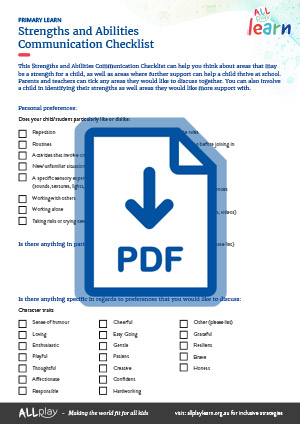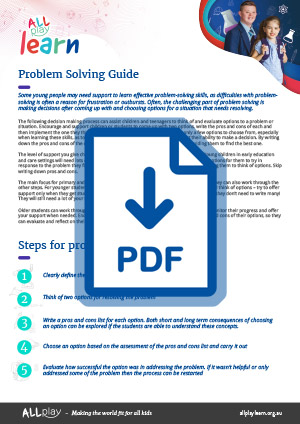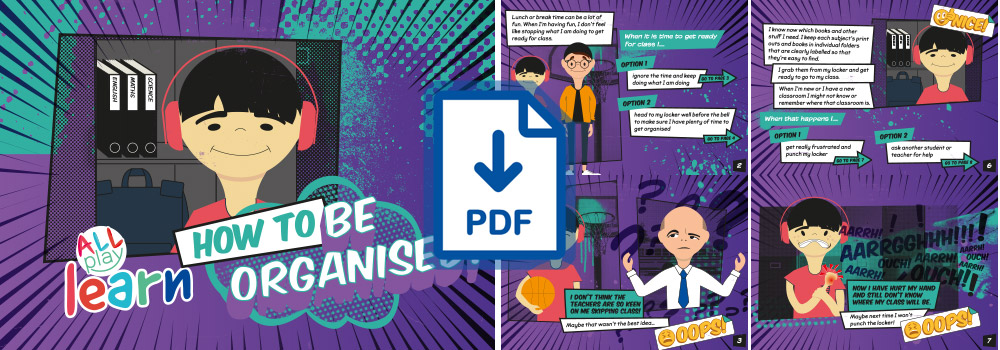Processing Speed
On this page:

About processing speed
Processing speed is how quickly you can take in and understand information, and respond to that information. Processing speed does not refer to how ‘smart’ a student is – it is about how quickly they can process and respond to verbal or visual information. Students with developmental disabilities may tend to take longer than other students to respond to instructions, or to complete tasks (including tasks they know well). They might not always keep up with class discussions, and they may struggle with time management. Some students may also experience anxiety related to not being able to think and respond quickly and this anxiety can then cause further challenges for their ability to process information.

Evidence-based strategies
Consider routines and time provided
Consider adjustments to communication style
Provide lots of opportunities to practise

Best practice tips

Other considerations

Relevant resources
Visit our resources page for a range of resources that can help to create inclusive education environments for students with disabilities and developmental challenges. Some particularly relevant resources for supporting students with processing speed issues include:




